When building or renovating a house, it’s easy to overlook the importance of roofs. They do so much more than just protect your house from external elements. With so many different roof styles available, taking it into serious account may do wonders for the looks and efficiency of your living quarters. Opting for a specific kind of roofing can allow you to make a home greener by installing solar panels, give you additional living space, or even usable open space.
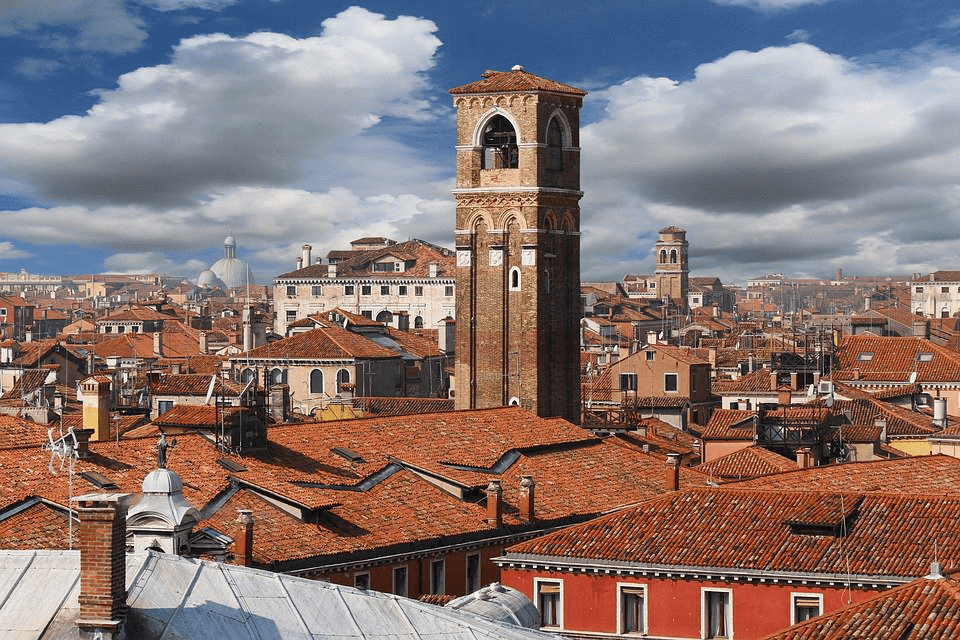
The choice of the right roof and materials for it may depend on the cost and house design, but what has to be taken into account are weather conditions that it’ll have to withstand. Roofing that’s well suited for areas with strong winds isn’t necessarily a good option for places that can expect heavy snow, for example.
To help you make an informed choice, here are some of the most common styles of roofing, each with its own set of advantages and disadvantages.
Gable is one of the simplest and most common designs for roofs. It consists of two sloped plates that meet at the top, forming a triangle. This design has many advantages, the main ones being that it’s easy to construct, the angle of the slopes can be adapted depending on the walls, and rain and snow can’t pool on it. It can also create additional space for an attic, or even a room since it can provide good lighting if a window is put in it.
This kind of roof can be covered in shingles made of virtually any material, be that clay, wood, metal, plastic, or something else.
However, if used in hurricane-prone areas, or even one with strong winds, the gable roof frame has to be made with utmost precision and proper support. If not, roofing of this type may collapse when hit with gusts.
Gables come in many subtypes, and we’ll discuss the two of them in the following section.
This design makes for some of the most beautiful roofs, adding separate gables at a right angle to each other, over the different wings of the house. Do this, and every part of your home will be covered with its own canopy for maximum effect.
An asymmetric style, it can be very eye-catching. Unlike ordinary gables, one side of a saltbox is much longer than the other, often going all the way to the ground. It provides higher resistance to the wind, and water quickly drains from it, but at the same time makes it very difficult for taller people to use the entire half of the house.
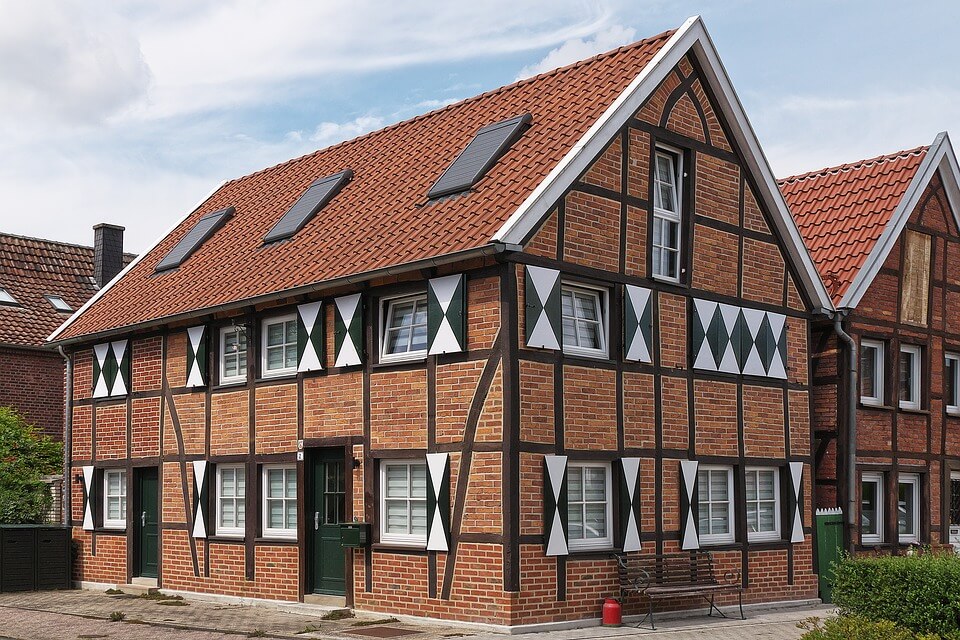
Also called a “French roof,” mansard roofs are excellent for making additional living space. It is a four-sided structure with two slopes on each side. The rule is that the lower slope, be it flat or curved, is steeper than the upper one.
While more expensive than some other roofings on offer, this style more than makes up for it with additional space it provides. Whether you wish to use what is basically one extra story to make an attic, a bedroom, or an entire small flat is up to you, but the point is that it’s very adaptable to your needs. Also, the possibilities that it offers regarding materials and aesthetic approach to its looks are many and rewarding. Choosing the right dormers for the mansard will only make it more comfortable for you on the inside.
Still, there are a few disadvantages: it is not ideal for places with lots of snow due to its lower-pitched part, and it costs more than a typical roof.
Gambrel is a subtype of a mansard, with only two sides instead of four. They are often seen on outdoor buildings, such as cabins or barns.
As all other roofs of a similar type, be it hip or gables, gambrel provides lots of additional space in a dwelling. Also, its construction is quite simple, so it’s not very expensive.
The most significant cons: maintenance and waterproofing. Likewise, the design of a gambrel might make it susceptible to collapsing under higher pressure, so it shouldn’t be the first choice in the mountains or other snowy regions.
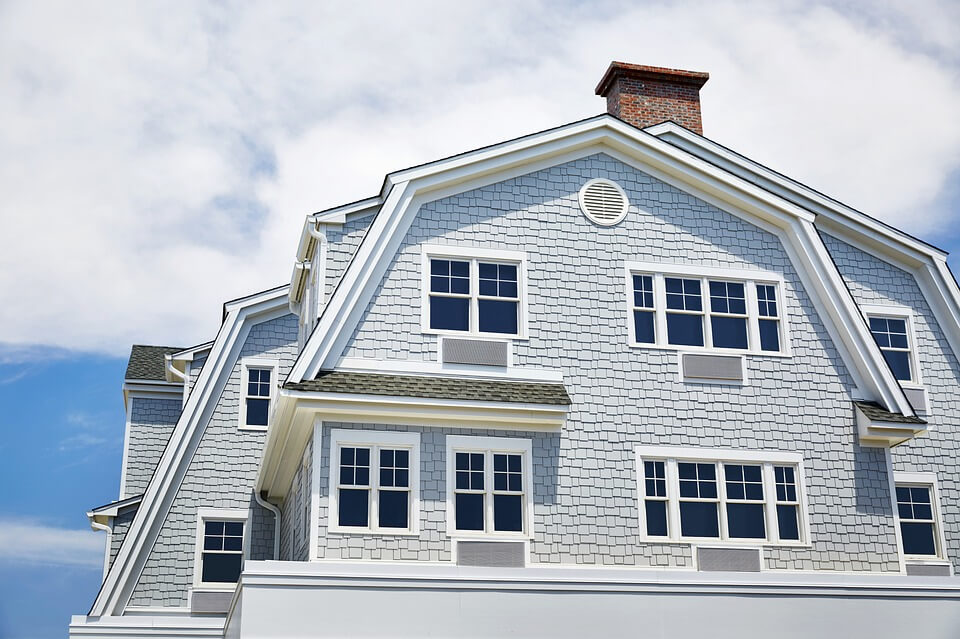
Very common in North America, hip roofs are similar to gables but are, in some ways, more efficient and stable. They are made from four sloped plates, two triangular and two trapezoids. All four sides have equal lengths and meet at the top to form a ridge. That way, it provides shade to all sides of the home, whereas gable does it only for two sides.
It is also more stable and durable than gables while sharing the trait of not holding water on it.
Due to the higher complexity and larger quantity of materials needed, hip roofing is more expensive than its gable counterpart, and the cost of its maintenance is higher. Still, it makes up for that with extra space that can be used in any way you see fit, whether for your own comfort or to raise the price of the building.
This counts among the most stable types since all four sides of a hip come together at one point on the top. It is mostly put on small and outdoor buildings. Pyramid style can withstand strong winds and gives lots of extra space, but its complexity makes it a relatively costly option.
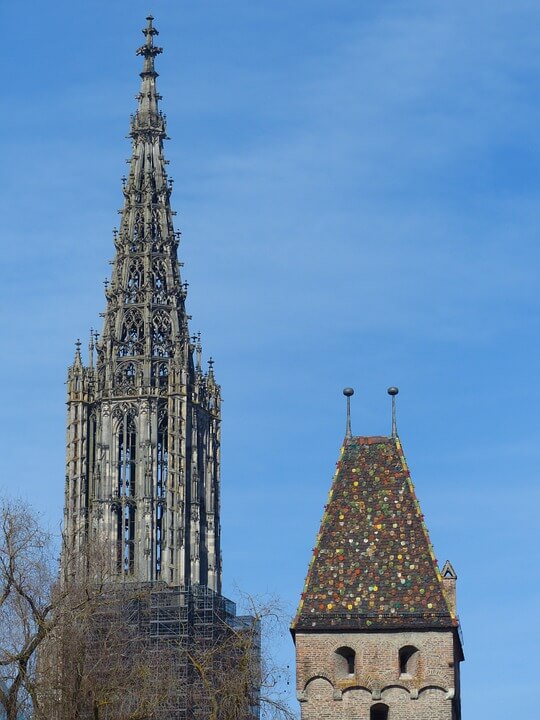
One of the simplest types of building covering, a flat roof has only minimal pitching to allow drainage. One of its main advantages: open space for sitting in the sun or for making your house more efficient by installing solar panels or covering it with plants.
When it comes to money, this kind of roofing is cheap to build, thanks to its simple design and not so much material involved. On the other hand, the costs of maintenance for a flat canopy will be higher because it is more likely to leak compared to some different styles. So, if you are considering it, make sure that it’s made of waterproof material.
Despite this important disadvantage, the flat roof has been used on industrial and residential buildings for a long time, while its popularity is on the up among residential houses, as well.
A parapet is a flat covering with low walls along the edge. That makes it safer and reduces the chances of anyone accidentally falling.

Once used mostly for auxiliary buildings like barns and sheds, the roofing style made up of a single plate with a slope from the taller to the lower wall is becoming a feature of more and more modern homes. Thanks to the angled slope, it provides for smooth water and snow run-off, though it can be a bit less reliable in windy areas.
Another name for it is lean-to since it can often be found with a taller wall leaned to another building.
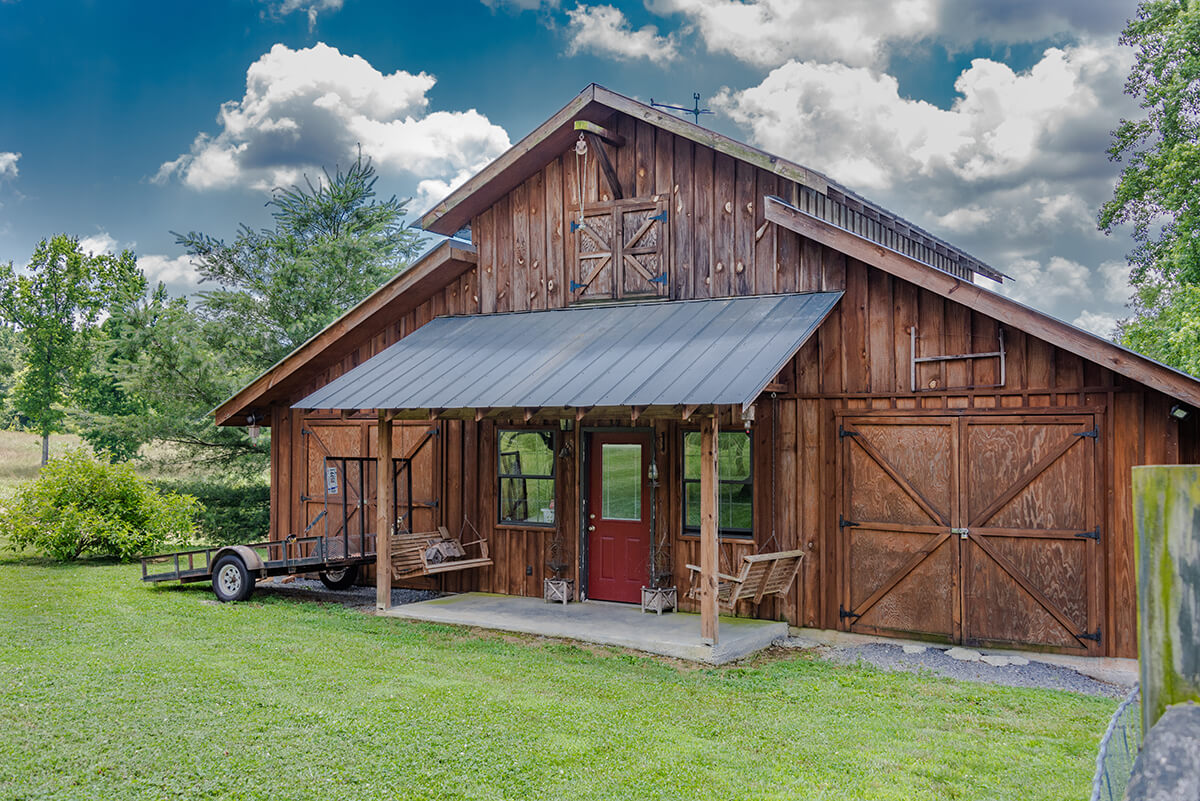
Unlike all other styles, the butterfly roof has a V shape. Its two plates go downwards and form a valley when they meet, creating the effect of wings. It is a modern design, popular for an eco-friendly home. The position of roof-plates allows for large windows and thus provides a greater feeling of openness. It is an excellent choice for drier regions, since water that pools between the plates can be stored for later usage.
Like all roofings of more complex design, a butterfly is expensive, both in terms of construction and maintenance. Due to its shape and the valley, it is strongly suggested to spend some more money on waterproofing it. Not doing so may, in the longer term, lead to a collapse.

The curved style resembles the shed one, only its plate is not flat, which gives it a modern and creative look. Being almost always the work of an architect or designer, these canopies are not only unique but can also be adapted to address specific advantages and disadvantages of your home’s location.
Let’s say that you’re settling in a region with lots of rain and snow. Your curved roof would be more arch-like, to allow water to run off. If the weather is windy, then the lower slope is a suggested solution.

Domes are durable and very good looking roofing for any home or even certain parts of it. While construction of a dome is expensive, it’s entirely possible that a pre-made one can be bought. The cost of maintenance will depend mostly on the material used to make the dome.

As its name says, these roofings combine two or more styles on a single building. Any idea that you may have is limited only by your creativity and a budget. But remember, the more complex the design, the higher the price.

Choosing the types of materials for your roofing is as important as choosing a type of covering itself. Not every material acts the same in this or that condition, so do your research before calling a supplier. Here are some of the most frequently used and suggested materials:
Shingles are overlapping tiles used to cover roofings. They are usually rectangular and are placed starting from the bottom of the plate upwards. Whether made of asphalt, wood, or something else, they are pleasant to the eye, but the cost of their maintenance may be quite high. The durability of shingles varies depending on the material used, though most of them will last a few decades, at least, save for some natural disaster. Also, most types of shingles require a trained professional to put them in place.
Metal is among the best materials for roofing in terms of cost. It makes little difference if your home coverings have a slope or not. Metal can last a few decades and is very energy efficient. It is also an ideal material for curved canopies. What can be the real downside of this material are the echoes and noise in case of rain.
When it comes to waterproofing your living quarters, you might opt for synthetics. That goes especially for flat roofs and other types with a higher chance of leaking. Synthetics are easy to maintain and may look just as good as a natural material. Some of them are even resistant to fire.
Solar tiles are useful because they do two jobs at a single price. They protect roofings, and at the same time, produce energy, which reduces utility bills. Another advantage is that solar tiles can be easily installed alongside shingles.
The cost of solar panels can be tricky since newer ones are more expensive, and they must be installed by a skilled professional.
In the world of today, eco-friendly is more and more a keyword in all aspects of life. Roofings are no exception. Most obvious in this regard is wood, which is often used on industrial buildings. Another option is to cover your canopy with plants, thus making it prettier and more pleasant, as well as turning it into a natural shield against heat in the hot days of summer.
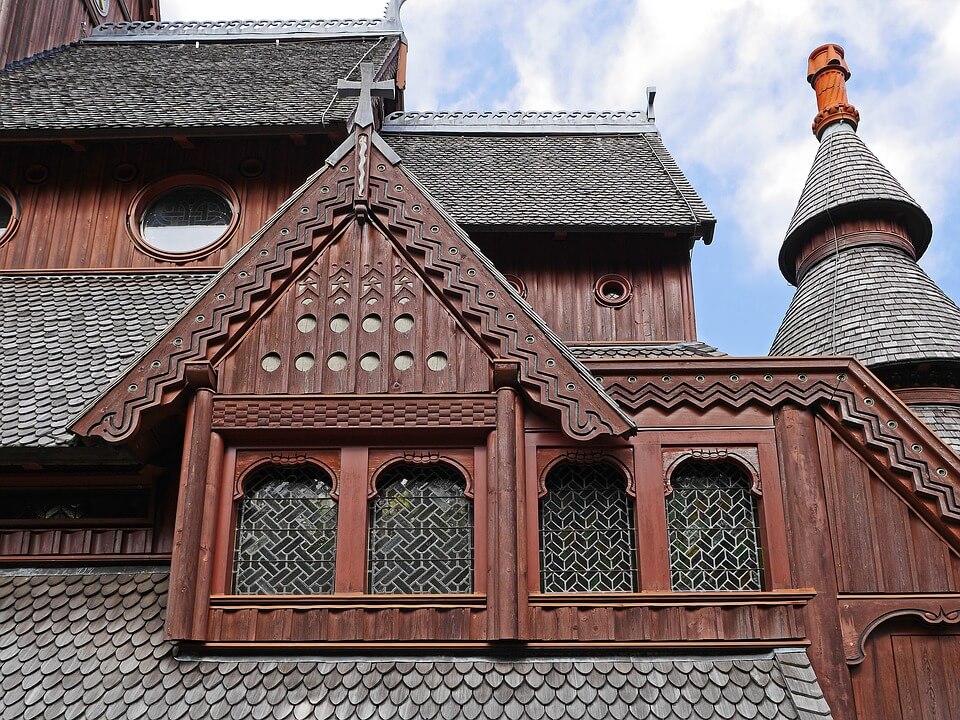
When making a choice on something as important as the covering of your house, think carefully about the details that can make it or break it. Weather conditions first and foremost. Your particular needs should come next. Is it the extra space that you desire or you want to go the extra mile in making a greener residence? When all that is set, then decide on the looks and make your living space as perfect as it can be.